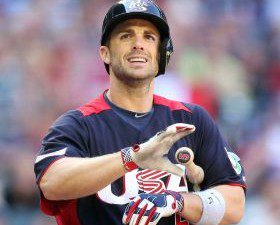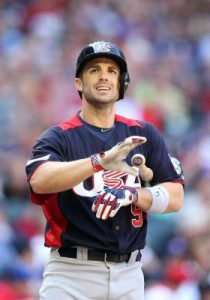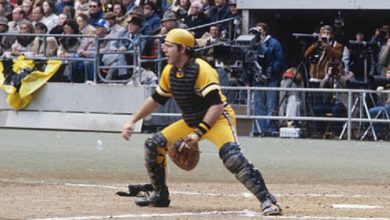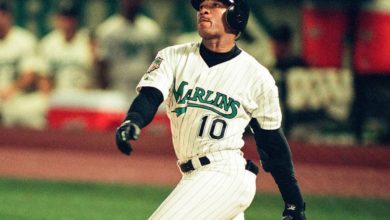

Where’s the love for the New York Mets?
TTFB’s Martin Marrufo is not alone in thinking the Mets are not a threat in 2013, and I may be in the minority for thinking they will be, but I have my reasons. Let’s take a peek into my crystal ball …
Let’s start with last year. After a surprising first half, the New York Mets finished the 2012 season in disappointing fashion: 74-88, 24 games out and under.500 at home. Their offense finally ran out of highlight-reel comebacks, their starting pitching floundered and their bullpen wore down from overuse. The two biggest things in which New York Mets fans could take solace were Johan Santana’s thrilling no-hitter — which not only cost them Mike Baxter’s rib cage, but probably torched Santana’s arm for the rest of the season — and R.A. Dickey’s Cy Young Award, after which he was traded to the Toronto Blue Jays. The first half of the season, in which they were on the edge of the playoff hunt and produced exciting games even in their losses, seemed a distant memory.
Fortunately, the New York Mets addressed some significant gaps during the offseason. They picked up a solid bench outfielder in Corey Patterson and a strong veteran reliever in Brandon Lyon. They picked up Marlon Byrd, a veteran with power who’ll challenge for a starting spot playing the challenging Citi Field right field. They also parted ways with three free agents who had proven unwieldy: the oft-injured, always-hustling but under-performing Jason Bay; the profoundly disappointing Andres Torres; and the talented but baffling Mike Pelfrey. Last but not least, they landed a strong piece in the Dickey trade: a powerful, defensively solid and commanding young catcher named Travis d’Arnaud.
As for the infield’s injury issues, it seems that David Wright left the World Baseball Classic just in time; if he’d stuck around longer, his strained ribcage might be a bigger problem than it presently seems. Daniel Murphy shouldn’t rush back before he’s healthy, as Jordany Valdespin, a second baseman by trade, can fill in adequately until Murphy and Turner are back. Ike Davis is having a solid spring, and Lucas Duda, his immediate lineup protection, is showing signs of taking the ball the other way with authority–which means his approach is back to where it should be. This all bodes well for the offense, especially when d’Arnaud phases into the lineup, which will be sooner than many people think.
Regarding the New York Mets’ pitching, Santana seems like a sure thing to begin the season on the DL, which means the underrated Jonathon Niese will start opening day. We might see Zack Wheeler early in the season, and he seems to be ready to take on an increased role. Bobby Parnell will finish phasing in as the team’s closer, backing up a bullpen that will be more relaxed, less overworked and more dependable.
The New York Mets have addressed their deficiencies, and are poised to put together a good season. Instead of just flashes of excitement, they will receive sustained output from more than one or two sources. A big key will be the health of Wright and Santana, but if they return as expected, the Mets should surprise a lot of people. They will improve their record at home, an improved rotation will take pressure off the bullpen, and their high-end prospects will filter into the lineup to make them a legitimate wild-card threat.





